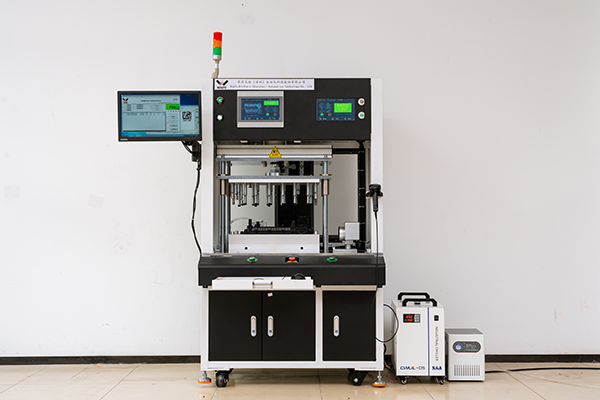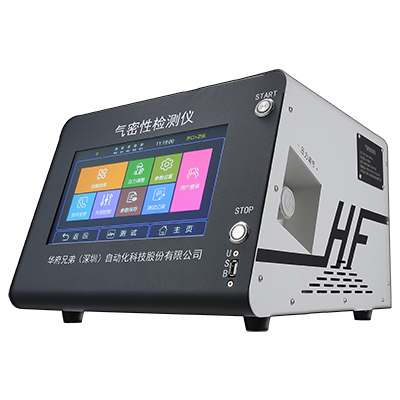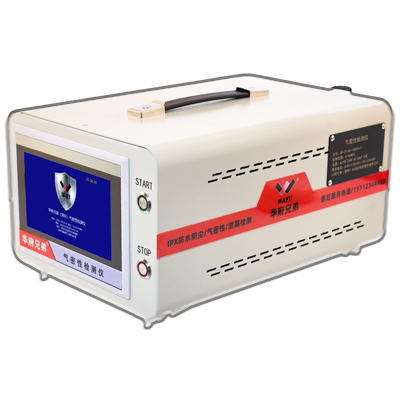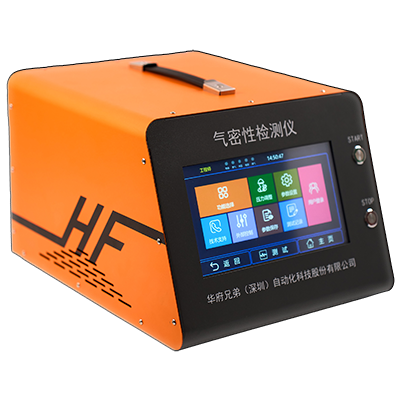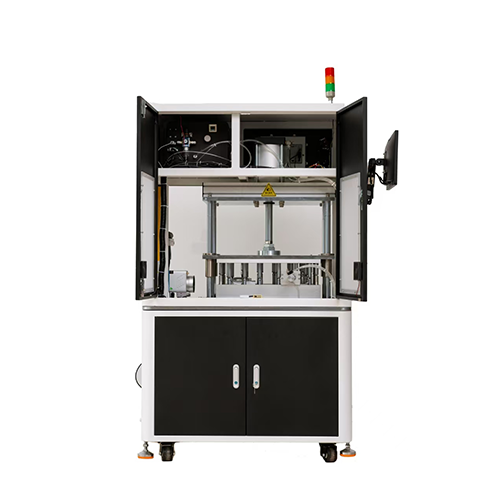Why On-board Chargers Require Leak Testing
As a critical component in new energy vehicles that converts AC to DC power, on-board chargers (OBCs) are typically installed near the chassis, engine compartment, or battery pack. Their complex operating environments make leak testing essential, primarily for:
| Issue | Detailed Description |
|---|---|
| Preventing water-induced short circuits | Poor sealing during rain or high-pressure car washing may allow water ingress, causing short circuits and burnout. |
| Ensuring insulation safety | Moisture penetration can lead to PCB breakdowns and system failures in the vehicle charging system. |
| Meeting protection standards | Most OBCs require IP67/IP68 certification, mandating leak testing verification. |
| Improving vehicle reliability | Sealing issues are a primary cause of high after-sales repair rates and customer complaints. |
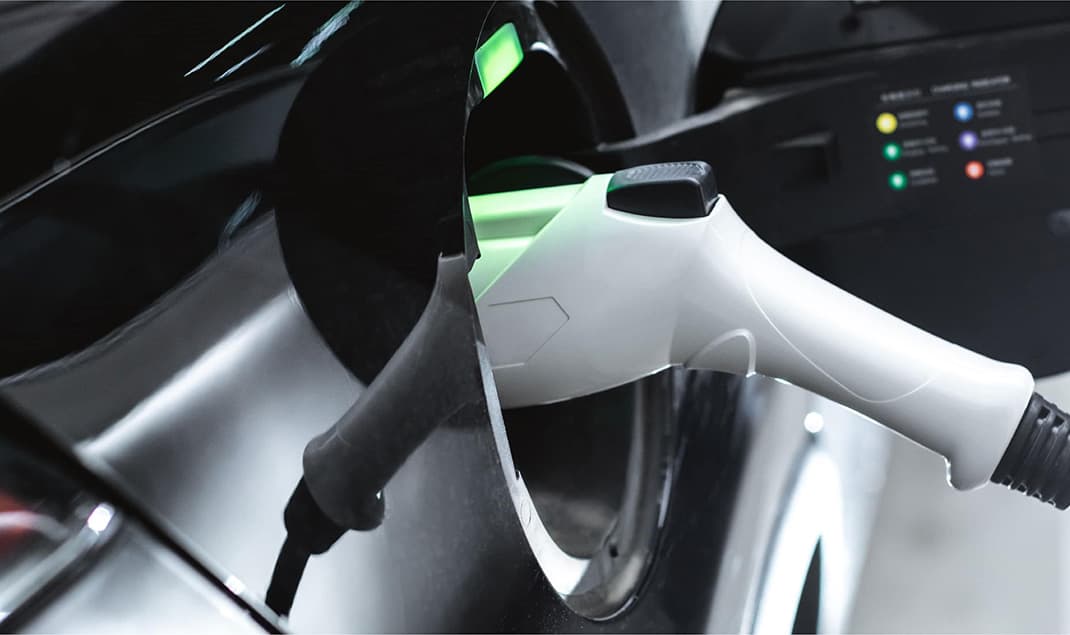
In 2023, GAC Aion vehicles in humid southern regions frequently experienced "charging abnormalities." Investigation revealed uneven potting on OBC housing edges and aging seals causing micro-leaks that corroded control boards. The manufacturer implemented high-precision leak testing equipment for 100% OBC housing and assembly testing, reducing defect rates from 1.8% to 0.2%, significantly improving customer satisfaction and delivery quality.
Based on OBC structures and precision requirements, these leak testing technologies are available:
| Method No. | Method Name | Detailed Description |
|---|---|---|
| 1 | Pressure Decay Method |
Simple principle and lower cost, suitable for preliminary OBC housing leak testing Commonly used in mid-line production testing for basic structural qualification |
| 2 | Mass Flow Method |
Provides precise flow measurement with high sensitivity and automation Typically used in final assembly testing before shipment |
| 3 | Helium Mass Spectrometry |
Ultra-high precision (10⁻⁶~10⁻⁹ Pa·m³/s) for military or premium OBC waterproof requirements Detects micro-leaks in seams, connectors, or potting areas |
Testing Procedure (Mass Flow Method Example)
| Step No. | Specific Procedure |
|---|---|
| 1 | Loading: Place OBC unit into test fixture via robot or manual operation |
| 2 | Clamping: Fixture creates sealed test environment with OBC |
| 3 | Pressurization: Inject dry air/nitrogen to set pressure (e.g., 200kPa) |
| 4 | Stabilization: Maintain pressure (e.g., 3 seconds) for equilibrium |
| 5 | Leak measurement: System automatically records flow rate (pass criteria: <0.5 sccm) |
| 6 | Result output: Real-time OK/NG determination with data uploaded to MES for traceability |
Leak testing is a core process for OBC waterproof certification, electrical safety enhancement, and reliable production quality assurance.
Recommended Products
